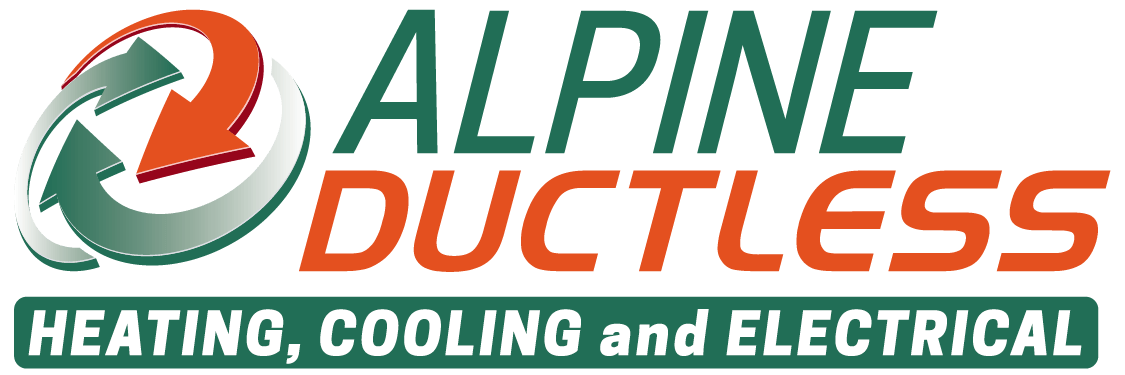You may be moving into a new home and thinking of doing some upgrades, like adding air conditioning to your home. Here in the Northwest, more and more people want to have air conditioning but may be concerned with the costs and energy-efficiency. It helps to have a basic understanding of how air conditioning works and consider how the conditioned air is delivered. We’re going to start by comparing a traditional central air conditioning system with a ductless.
Central Air
Central air requires the installation of ductwork that run under floors and through walls and delivers conditioned air through supply vents.
A Central Air Conditioning system has 3 main parts:
- The outdoor unit that houses a compressor that acts like a pump, a fan, a condenser and refrigerant.
- The indoor unit that may be located in a basement, garage or closet and houses evaporation coils, blower motor, a circuit board and a filter.
- The thermostat that communicates with the circuit board.
When a home heats up, the thermostat communicates with the circuit board calling for cold air. The circuit board then turns on the blower motor in the inside unit drawing in heated air. The circuit board also turns on the outside compressor which acts like a pump sending condensed refrigerant back and forth from the outside condensing coil to the evaporator coils inside. Cold condensed refrigerant is pumped through little tubes in the evaporator coils in the indoor unit. The hot air circulating in the room is drawn through the return air vents and blown across the evaporator coils of the indoor unit. As hot air from the house is blown across the evaporator coils, heat and moisture is removed leaving cold, conditioned air. The cold air is then blown through ductwork that runs throughout the house and comes out the supply vents, or registers. As the air in the room warms up, it is drawn back through the return air vents and the process repeats itself again until the room is cool enough that the thermostat sends a signal to stop.
If you’re thinking about central air, remember the conditioned air must be delivered throughout the house via ductwork. Installing additional ductwork may be costly.
Ductless heat pumps (mini-splits)
As the name implies, a ductless system does not use costly ductwork that needs to go to every room in a home. Ductless systems have individual units in different rooms or areas of the home, to heat or cool specific spaces. There is still an outside unit that houses the compressor and condenser and the principles of the refrigeration cycle still apply, but there is no need for a furnace or the installation of ducts and vents throughout the home. Indoor units that deliver continuous conditioned air are mounted to a wall or near the floor. Sometimes, the air can be distributed through ‘ceiling cassettes, depending on the structure of the home. And inverter technology that reverses when there is a need for heat, allows for cooling AND heating in one.
Which is Right for You?
The answer to this question really depends on your situation. If you’re constructing a brand-new home for yourself, you can choose between either solution. If you’re moving into an older, historic home that doesn’t have a ventilation system already installed, you may be reluctant to tear floors and walls open to get a central air system installed.
You might want to reclaim the attic as a room or build a new addition without adding new ductwork, in which case, you can add in a ductless system to take care of those areas.
Make It Work for You
Different people and different homes will have different needs. It’s helpful to look at your home’s current environmental system and then decide which approach works. However, if you want more room-to-room control, better energy efficiency, or just a way to supplement portions of a home where no ducts can go, think about getting a ductless system! Just contact us for your ductless questions, and we can help you to find out the system that’s going to work for you.
Alpine Ductless Installing Ductless Heating and Cooling Systems in Thurston County including Olympia, Tumwater, Lacey, Yelm and more! For more valuable articles on the benefits of going Ductless visit our Ultimate Guide to Ductless Heating and Cooling in the Pacific Northwest.
